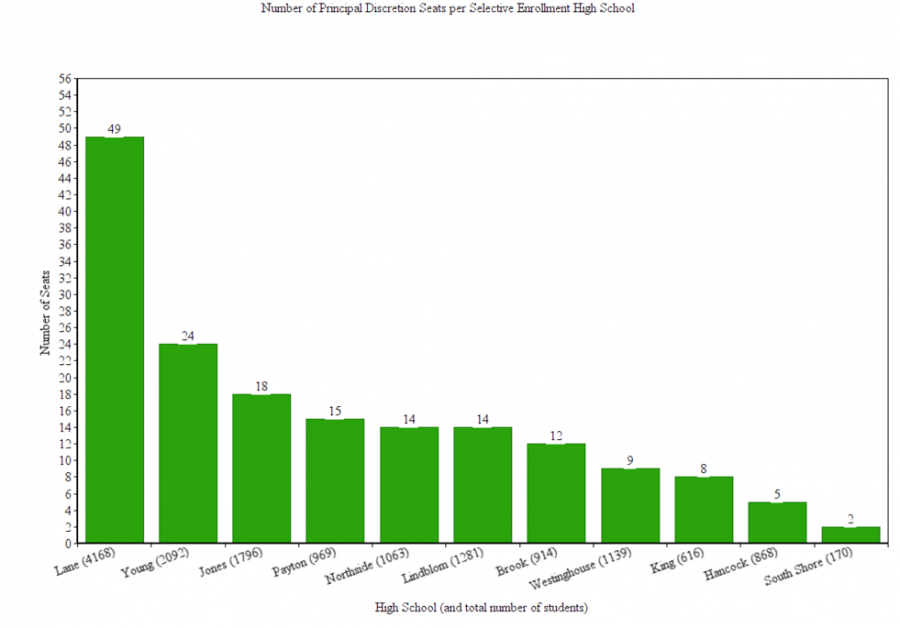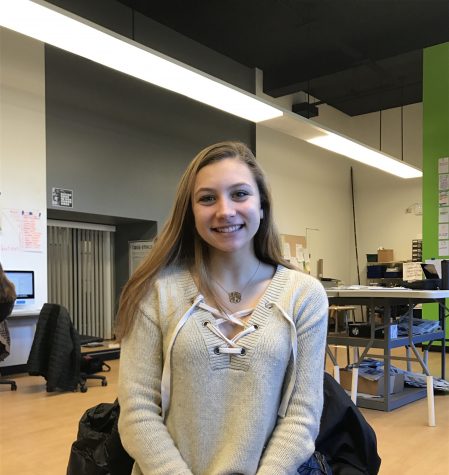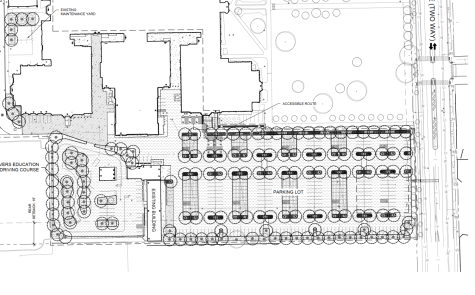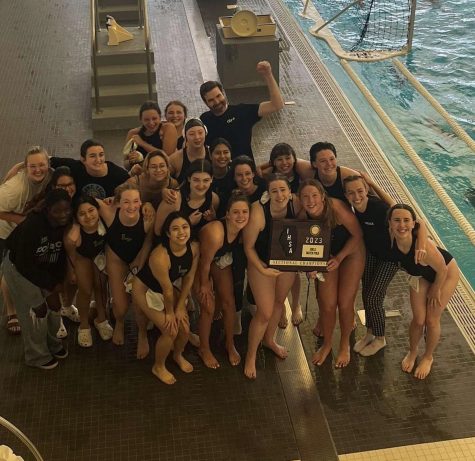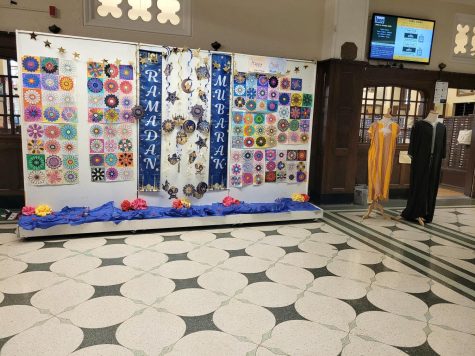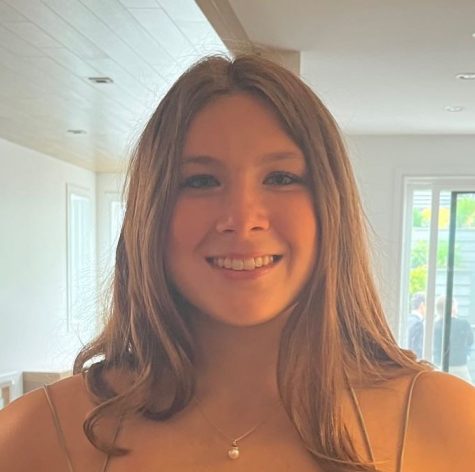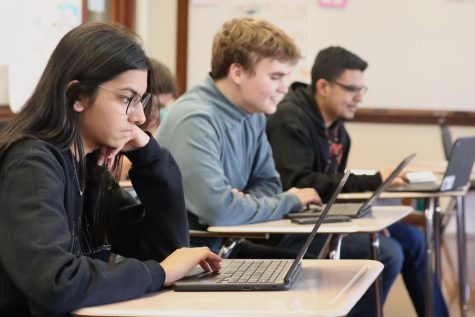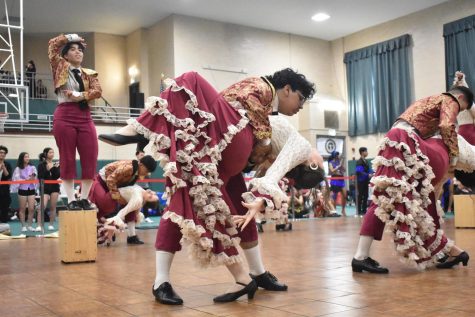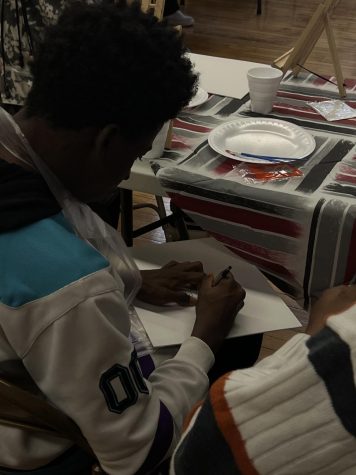Principal Discretion gives students a second chance
This chart details the number of seats available for Principal Discretion per Selective Enrollment High School (CPS).
April 6, 2017
Opening a letter from your dream school denying you admission is a devastating feeling that thousands of Chicago 8th graders experience each spring. For some students, though, this isn’t the end.
Principal Discretion is a process that allows students who did not receive a high enough combined score out of 900 (7th grade grades, NWEA test score from 7th grade and Selective Enrollment test) to reapply to one Selective Enrollment school that they originally applied to.
Selective Enrollment schools are allowed to admit 5 percent of their current freshman class, as measured on the 20th day of school, according to the CPS Office of Access and Enrollment.
Principal Discretion happens after the regular selection process, according to CPS — the deadline for the application was March 24.
If a student is interested in applying to a school through the Principal Discretion process, that school must have been on their list of schools they originally applied to, and they must have taken the Selective Enrollment test — which was offered on four days in the months of December through February, according to CPS. It could have been taken at one of five sites: King, Lane, Lindblom, Westinghouse, and Young.
According to CPS, there are four criteria that a student can base their application off of. These include demonstrating a unique skill or ability, demonstrating social responsibility, demonstrating the ability to overcome hardships, or evidence of some extenuating circumstances that affected your standardized test scores, or your 7th grade grades.
One junior said that when she was applying to Lane through Principal Discretion, she based her application off of overcoming a hardship. At the time, her father was going through a lot of health issues and this affected her performance in school.
Along with these criteria, there are three parts to the application that are not required but are strongly recommended in order for the application to be the best it can be, according to the Principal Discretion application. These include a personal statement, some proof of accomplishments, and letters of recommendation.
Ms. Johnson, the admissions counselor at Lane, is currently starting her fifth year in the Principal Discretion process.
Johnson said 15,000-16,000 students typically apply to Selective Enrollment Schools in general, and 12,000-13,000 rank Lane as one of their choices.
“All the students who are accepted to Lane in the first selection round, that’s just completely done by test scores,” Johnson said. The Principal Discretion process takes place after the first selection round and isn’t solely based on test scores.
This year, Lane’s freshman class was rather large, so there are 49 seats available for Principal Discretion, according to Johnson.
Johnson said on average, 480-600 students apply for Principal Discretion process at Lane. Her first year, 2013, 603 students applied and that was the most students that had ever done so since she started doing Principal Discretion. Last year 479 students applied, which was their lowest number of applicants since she started, according to Johnson.
Johnson and Ms. Ward, the admission clerks, do the majority of the reading and are the ones who choose the final students they think would fit at Lane, but the principal, Mr. Tennison, makes the ultimate decisions.
Johnson said Tennison will be very active in the process this year and plans to read all the applications recommended to him.
This is Tennison’s first year doing Principal Discretion and he said he is looking forward to taking part in the process.
“I feel great pressure, but I’m not nervous,” Tennison said. “It will feel good to say yes, but it feels awful to say no.”
Lane has specific aspects they look for in students aside from the general criteria.
“We have students who apply in the full score range, as low as 390, so we do look for students who have a score that we think they would be successful at Lane,” Johnson said.
Johnson also said that they look for students who they think would enrich Lane’s student body and contribute to the school.
“We typically find a handful of applications that are really great, that off the bat we’re like ‘Oh, this kid is going to do great here, they have a lot to contribute’ and then there’s a whole bunch that are in the middle ground,” Johnson said.
There are many applications that have stood out to Johnson. One year a student drew a picture of Dr. Dignam, previous principal of Lane, to show his artistic skills. Johnson said she appreciated his creativity and ingenuity, and for that he was admitted to Lane.
“Some people are going to be selected because they just missed the cut off, some people are going to be selected because there is a specific talent they have, whether it’s art or sports, maybe, but I think honestly some may be a very compelling story and the essay is written very well and the entire package looks good.” Tennison said.
Regardless of what your application presents, Tennison advises that you stay true to yourself.
“Whenever you make an application the best advice that I can give is to represent who it is that you are, and then see what happens,” Tennison said.

